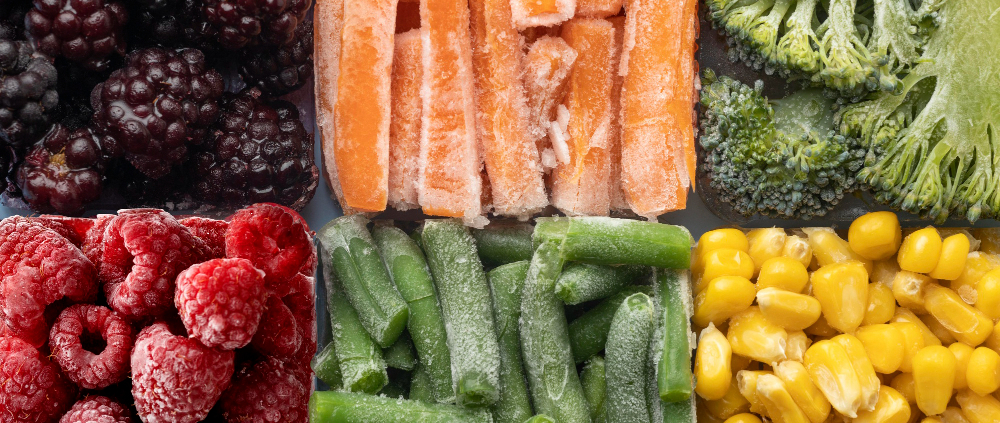Is Dehydrating Food Energy Efficient Compared to Freezing or Canning?
A Fresh Look at Everyday Food Preservation
We have all played around with different techniques in food preservation at some point… maybe drying apple slices in the oven, stuffing tomatoes into Mason jars, or cramming way too many freezer bags into a tiny freezer that groans every time we open it. And every time we try a new method, the big question pops up: which one actually uses less energy?
So let us walk through it, the same way we would chat with a friend over coffee, and figure out whether dehydrating food really holds up when compared to freezing or canning.
How Much Energy Does Dehydrating Really Use?
You know how dehydrating works… we remove moisture so bacteria cannot settle in. Simple idea, but the real surprise is how energy-light this process can be. Modern dehydrators sip electricity compared to a full-sized freezer. Many models use around 300 to 1000 watts, depending on size. That means if we run a dehydrator for 6 to 10 hours, we often use roughly the same energy as running a microwave for a short while. It sounds long, but spread over hours, the usage is not as intimidating as it looks on paper.
Freezers: Quiet but Constant Energy Users
Freezers… now those things are like background energy vampires. They run all day, every day, forever. A typical home freezer uses between 300 and 700 kilowatt-hours a year. And even when packed neatly with frozen veggies and leftovers, it still needs constant power just to stay cold. If we freeze food all the time, we are basically committing to a long-term energy bill… whether we remember it or not.
Canning: A Big Energy Push Upfront
Canning sits somewhere in between. The canning process itself can take a burst of energy… boiling water, heating jars, cooking produce. It can feel like an intense workout in the kitchen, especially when it is summer and we already feel warm. But once those jars seal, we are done. No extra energy needed. So even though the initial power use is pretty high, afterwards the jars just sit quietly on a shelf. It is like paying upfront and getting free storage for years.
So Which Method Comes Out Ahead?
Here is the twist: dehydrating beats freezing and sometimes even canning if we look at long-term energy use. Dry foods do not need a fridge or anything else. They sit in the pantry. That is it. Plus, dehydrated foods are usually lighter and easier to store. We can toss them into jars, bags, containers… whatever we have on hand.
Some people argue that dehydrating takes too many hours, but those hours use low wattage. Studies from energy-use comparisons often show that dehydrators use far less energy over the life of the food than a freezer running non-stop. And canning, while great for taste and texture, does rely on intensive heat for a short window.
So in the grand puzzle of what saves more electricity, dehydrating wins more often than many of us expect.
A Little Flexibility Goes a Long Way
Another thing we love about drying food is how flexible it is. We can use sun-drying if we live in a warm climate… which uses zero energy (except our patience). An oven works too, even though it uses more energy than a dehydrator. Still, it is handy when we are in a pinch and want to dry something quickly.
The Bottom Line
If we look at all three methods the way a real household uses them, dehydrating tends to be the most energy-efficient in the long run. Freezing is great for convenience and taste. Canning is perfect for long shelf life and classic pantry organization. But dehydrating… that one quietly saves energy behind the scenes.
And if we are already on a journey to use less electricity and reduce waste, this whole approach fits right in with diy home improvement efficiency hacks that make life easier without spending a ton.




Leave a Reply
Want to join the discussion?Feel free to contribute!